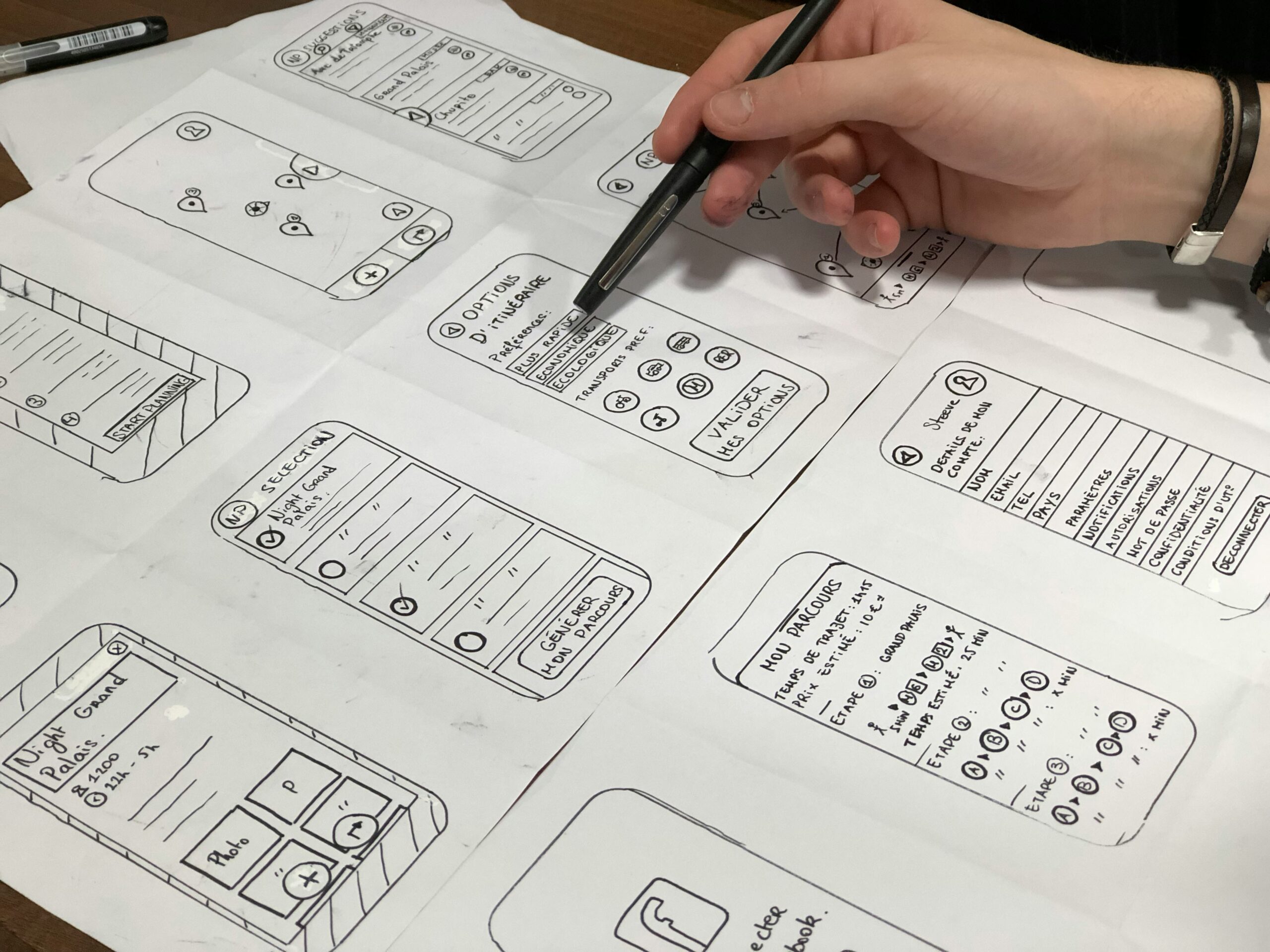
UX Design: An Essential Step in Every Project
Introduction
When it comes to building successful products and websites, user experience (UX) design plays a crucial role. UX design is more than just making things look visually appealing; it focuses on creating a seamless and intuitive experience for users. In this article, we will delve into the importance of UX design as a fundamental step in every project, and how it can significantly impact the success and usability of a product.
The Role of UX Design
UX design involves understanding the needs and expectations of users and designing a product that meets those requirements effectively. It encompasses various aspects such as user research, information architecture, interaction design, and visual design. The primary goal of UX design is to enhance user satisfaction by providing a positive and intuitive experience.
By incorporating UX design into a project, businesses can achieve several key benefits:
1. Improved User Satisfaction
UX design focuses on creating user-centric solutions by understanding user behavior, preferences, and pain points. By conducting thorough user research and usability testing, designers can identify and address potential issues early on in the development process. This leads to a more satisfying user experience and increases the likelihood of user engagement and retention.
2. Increased Conversion Rates
A well-designed user experience can significantly impact conversion rates. By optimizing the user journey and reducing friction points, UX design can guide users towards their desired actions, such as making a purchase or signing up for a service. A seamless and intuitive user experience can boost conversions and ultimately drive business growth.
3. Enhanced Brand Perception
UX design is closely tied to brand perception. A poorly designed and frustrating user experience can leave a negative impression on users, damaging the reputation of a brand. On the other hand, a well-designed and user-friendly experience can enhance brand perception, instilling trust and credibility in users.
4. Cost and Time Savings
Integrating UX design early in the project lifecycle can save both time and resources. By identifying and addressing usability issues early on, businesses can avoid costly redesigns and rework later in the development process. This proactive approach helps streamline the overall project timeline and ensures a more efficient and effective product development process.
The UX Design Process
The UX design process typically involves the following key steps:
1. User Research
Understanding the target audience is crucial for designing a successful user experience. User research involves gathering insights about user behaviors, needs, and motivations through methods such as surveys, interviews, and user testing. This data forms the foundation for creating user personas and identifying user pain points.
2. Information Architecture
Information architecture focuses on organizing and structuring content in a way that is logical and intuitive for users. This step involves creating sitemaps, wireframes, and user flows to define the overall structure and navigation of the product.
3. Interaction Design
Interaction design is concerned with defining how users interact with the product. It involves designing user interfaces, creating interactive prototypes, and ensuring that the product’s functionality aligns with user expectations.
4. Visual Design
Visual design focuses on creating visually appealing and aesthetically pleasing interfaces. It involves selecting colors, typography, and visual elements that align with the brand identity and enhance the overall user experience.
5. Usability Testing
Usability testing is a crucial step in the UX design process. It involves observing users as they interact with the product and gathering feedback on its usability. This feedback helps identify areas for improvement and ensures that the final product meets user expectations.
Conclusion
UX design is an essential step in every project, regardless of the industry or product. By prioritizing user satisfaction, businesses can create products that not only meet user needs but also drive business growth. Incorporating UX design into the project lifecycle can lead to improved user satisfaction, increased conversion rates, enhanced brand perception, and cost and time savings. By following a structured UX design process, businesses can create products that not only look great but also provide a seamless and intuitive user experience.
Remember, UX design is not a one-time step, but an ongoing process. Regularly gathering user feedback and making iterative improvements based on user needs and expectations is key to creating exceptional user experiences.
